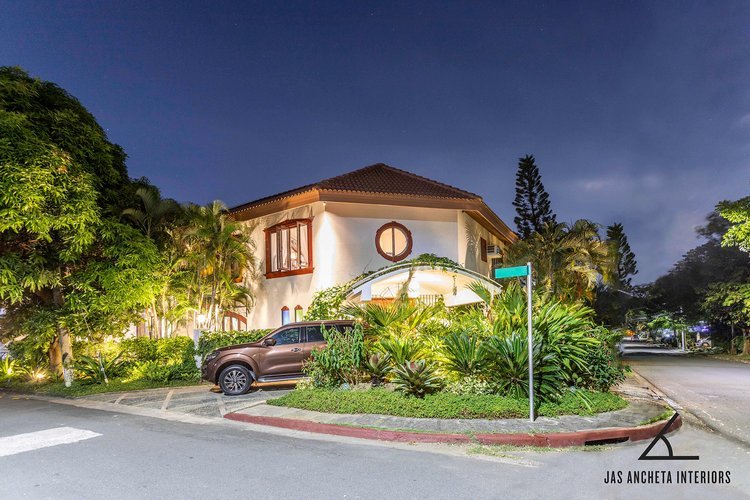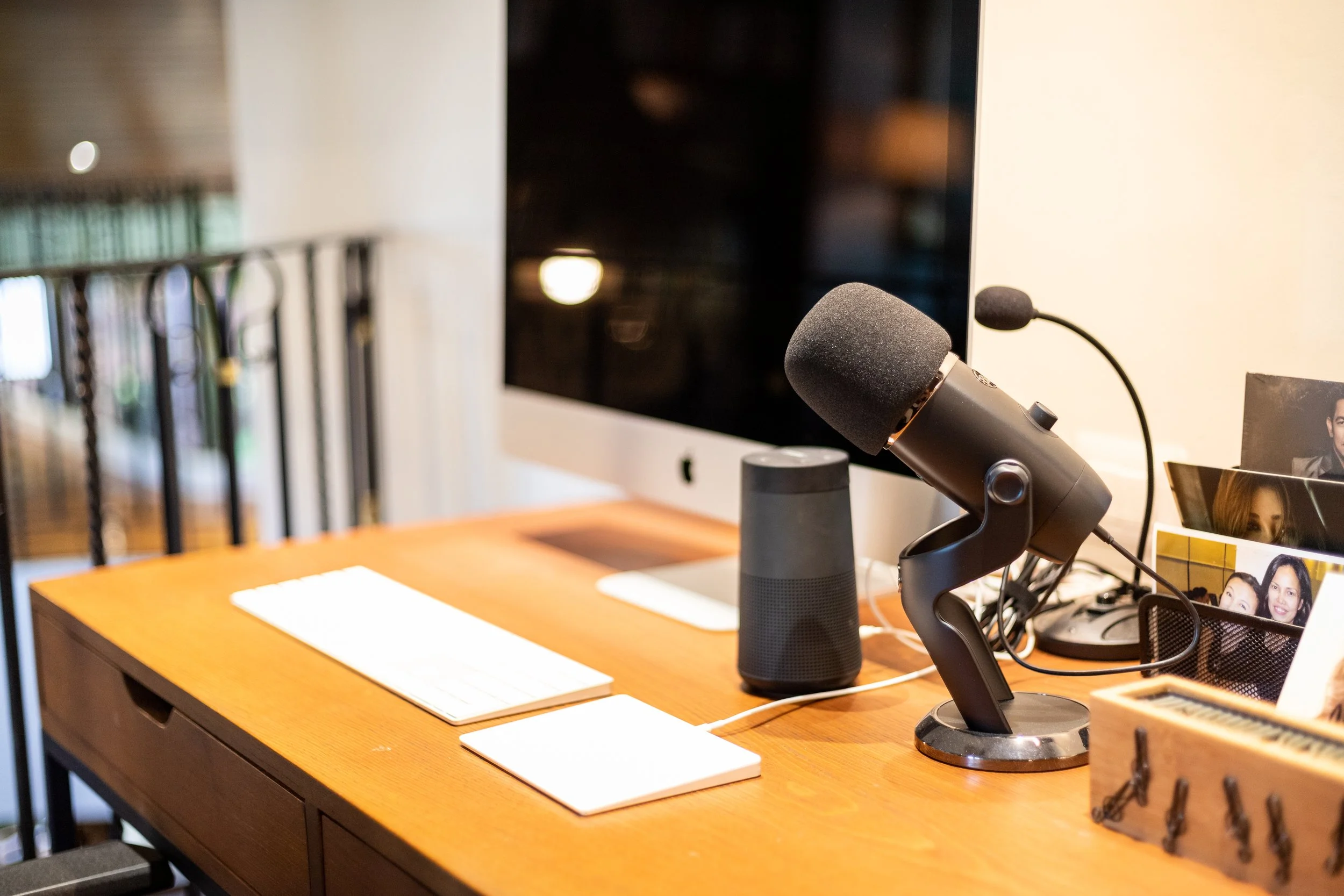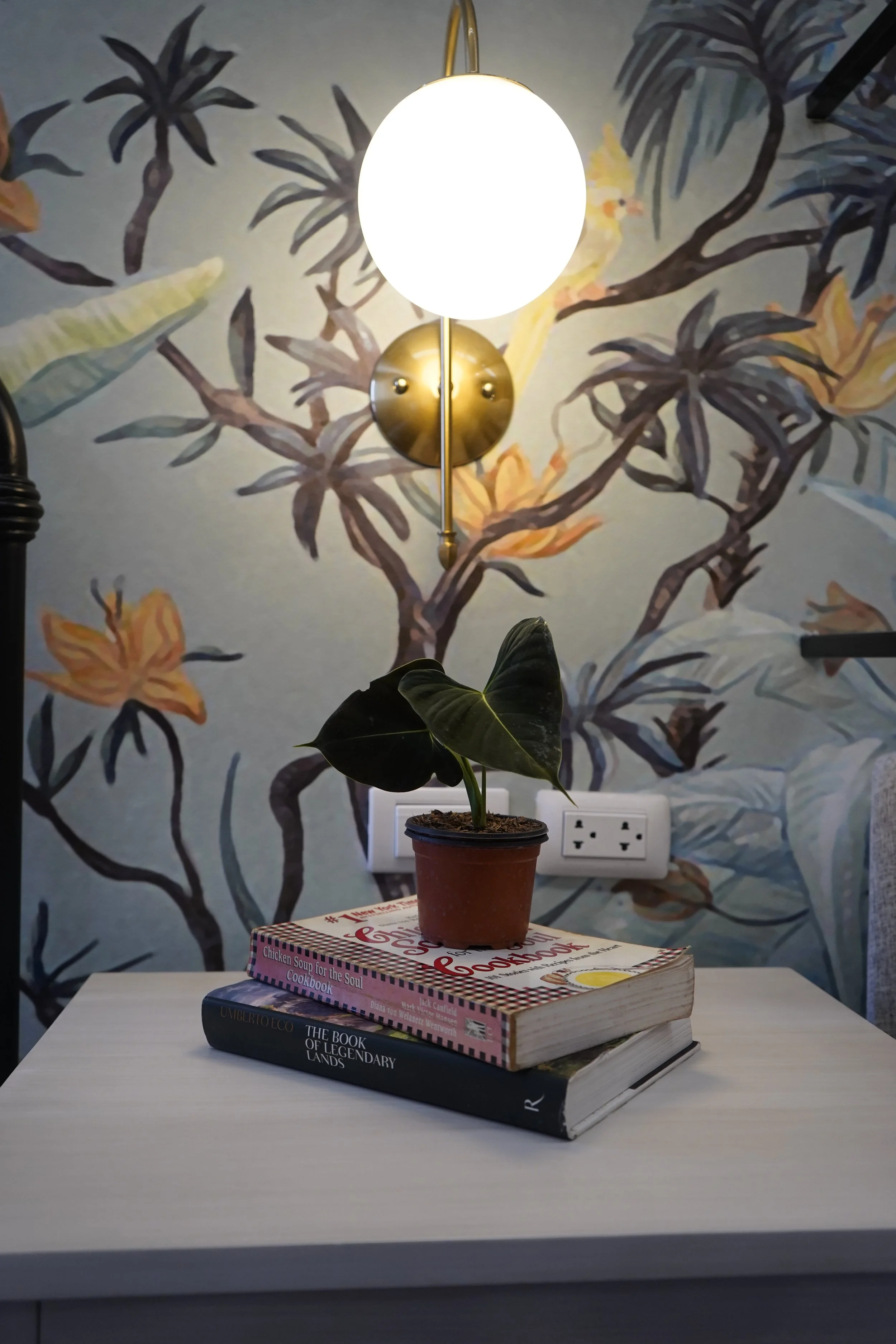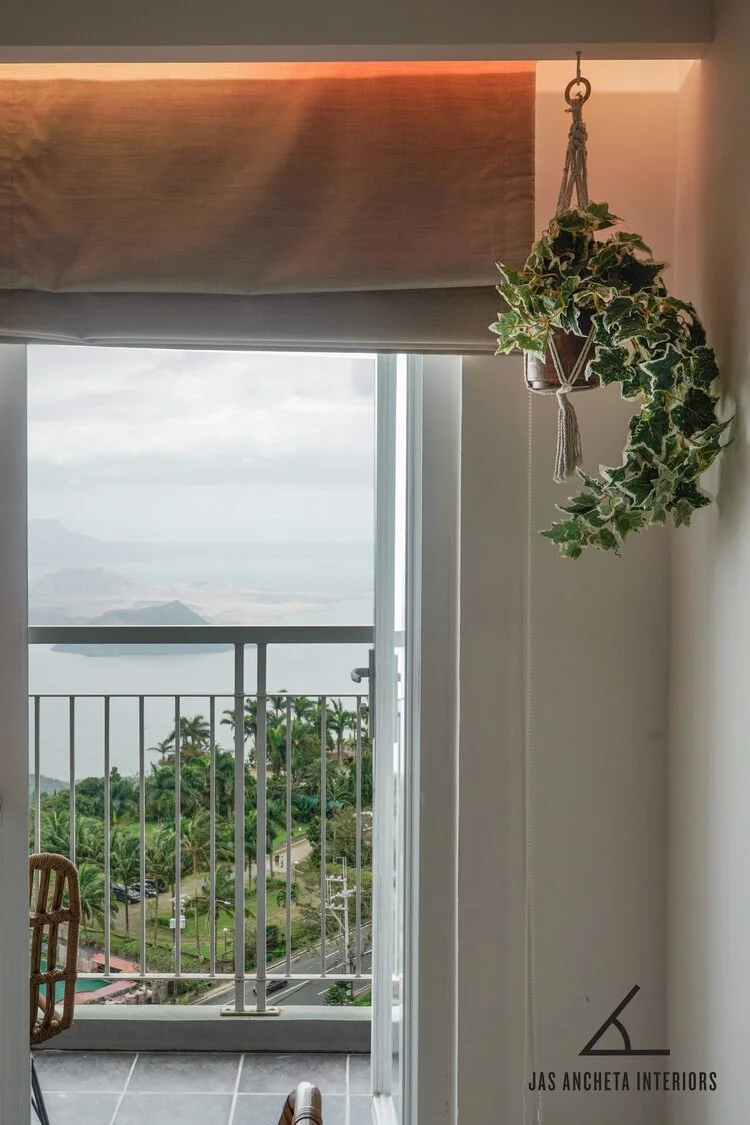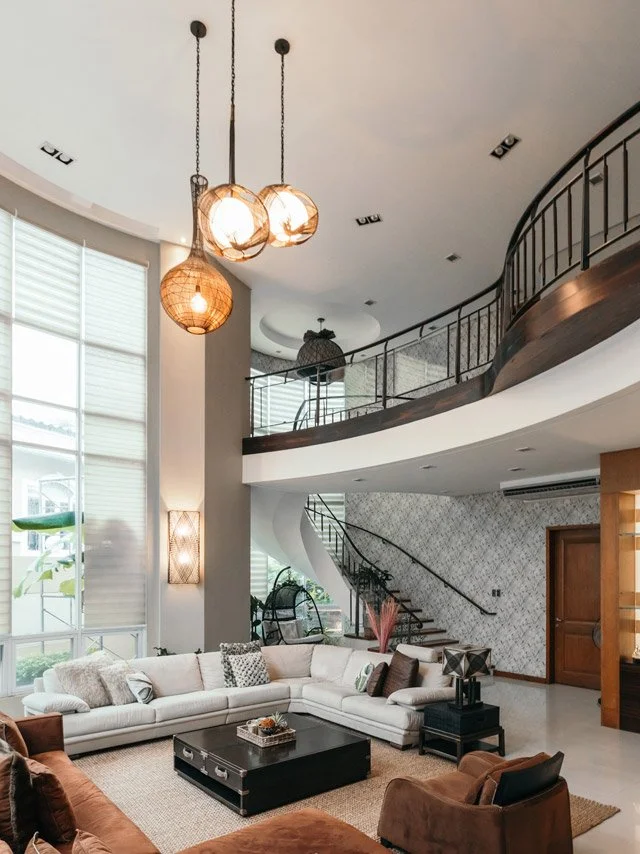Welcome to my blog! I'm excited to share tips, trends and news in the interior design market. Sign up for my newsletter for promos, freebies, and updates! ( See link BELOW).
I would like to know more about you. What are your struggles when designing your home or your business (for those savvy entrepreneurs)? Is there anything particular you would like to know more of? Are you having a hard time with deciding your style? Organizing your things? Let me know. E-mail me your troubles and let me help you take the fog off your eyes! :) Have a happy, happy week!!!
- November 2022 2
- October 2022 1
- September 2022 1
- August 2022 1
- June 2022 1
- May 2022 1
- April 2022 1
- February 2022 2
- January 2022 1
- December 2021 1
- October 2021 2
- September 2021 1
- August 2021 1
- July 2021 1
- June 2021 2
- May 2021 3
- April 2021 4
- March 2021 3
- February 2021 3
- January 2021 1
- May 2020 3
- November 2019 1
- June 2019 2
- May 2019 1
- April 2019 1
- March 2019 2
- August 2018 1
- June 2018 1
- May 2018 1
- April 2018 3
- March 2018 4
- February 2018 4
- January 2018 2
- December 2017 1
- November 2017 4
- October 2017 8
- September 2017 9
- August 2017 19
TESTIMONIALS
“It’s cool and light. Not too loud. Comfortable color (especially if you want people who come into your office to feel “chill”... shoutout to raging parents or intimidated students).”
“I will definitely recommend you to my friends. I’m also excited to see their reactions when they see the dining room.”
How to Choose an Interior Designer who is Right for You
How do you know who is the right designer for you?
There are many interior designers where I live locally, here in Manila. We have different areas of expertise, number of years of experience and ways in how we work with our clients. So the question in your mind is: how do I know if the interior designer I choose will be the one for me?
Interior design and construction is a complex process. Why? As interior designers, we don’t simply choose fabric, furniture and lighting accessories. Interior design is both an art and science. We study space planning, color theory, technical drawings, construction, furniture, ergonomics, and many more. Building your own space, whether it’s a condo unit (where space maximization is a must), a residential home, an office, restaurant, retail space, and many more, takes skill and time. I, for one, go deep into a client’s lifestyle, hobbies, interests and the like when building a residential home. For commercial spaces, I study the client’s target market, profile, location, branding, and other important details needed for the project.
As such, it is important that communication between client and designer is open and collaborative. We spend weeks, months and sometimes, even a year (depending on space) planning and building together. Thus, when choosing your designer, make sure that he/she is easy to talk with, listens well and hears your concerns. That is why for me, it is important to meet my client and find out our rapport as this is essential in fulfilling our clients wishes and dreams, and also being open when there are any situation during construction that need to be solved together with the client/client’s approval. If you’ve ever tried building a space, construction is a headache for some, and a nightmare to others. Why? That’s another long story (for another post).
Another crucial aspect in choosing your designer is building trust between you and your designer. I love how I learn about my client’s daily rituals, favorite things to do, even pets. Why? Because I do incorporate these aspects into my design. We need trust to build a home that you know was meant for you. Same goes for commercial spaces too, something that resonates with the brand and truly integrates what the business is about.
To sum up, here are the important considerations you should be looking for:
Know your designer.
Have open communication between you and your designer.
Build trust together.
Other considerations you may want to look at are: budget, experience, past works. Experience teaches us plenty of things. I know I am better now than when I first started. So I hope this short post helps you in choosing your designer!
The Bolder, the Better: Cost-Conscious Decorating for Couples Moving in Together
Guest Author: Natalie Jones
Today, we have a guest writer, Natalie Jones. Hope her advice resonates with you!
Moving in with a significant other is an exciting time, a chance to learn more about each other and grow as a couple. But it’s also a time when misunderstanding and conflict can leave you wondering, “What was I thinking?” It’s difficult enough deciding who will pay what bills, how to divide the household chores, and who should be doing the grocery shopping. It’s also a time when money may be tight and in short supply for decorating. There’s no need to fall out over the expense of decorating your home, especially if you see eye to eye when it comes to artwork, furniture, colors, and other visual elements. Consider the following budget-friendly tips on how to make it work.
Communicate
Spend some time talking about your shared interior design expectations. Save the specifics for later; start with a very general, even philosophical, conversation about likes and dislikes. There will be some compromising to do, and easing into the subject can remove some of the stress from the situation. So, put off discussing where his beer-stained upholstered recliner should go (other than the trash), or what to do with her vintage collection of unicorn artwork. Sometimes, agreeing to move a prized object to the back room instead of the living room can head off a potentially relationship-damaging disagreement. Also, look for inexpensive ways to decorate, such as using commonplace items you have no other use for.
Discuss Closet Space
Sharing space in the bedroom closet demonstrates the ability to compromise, which will certainly carry on to your decorating efforts. You can effectively organize your space by categorizing all the clothing and accessories you know you’re going to wear regularly. Donate the items that have been untouched for at least a year, and store the attire that’s not appropriate for the current season. You can even create more space with an additional rod and shelves. Your closet’s appearance is just as mood-lifting as the adorned walls of your home, so take the time to add matching hangers and quality lighting.
Emphasize Eclecticism
If you’re expecting the place to be as pristinely coordinated as your Great Aunt Tilly’s house, you’re probably headed for a disappointment. Why copy someone else’s style anyway? Decorating a home on a budget and with limited space is a challenge, an opportunity to embrace and appreciate an eclectic approach that will come to define you and your partner’s identity as a couple. Eclecticism will be easier -- and more fun. It can all work together with a little bit of juxtaposition and experimentation. Go ahead and combine that chrome floor lamp with the homemade table made of distressed river wood. If you need to make a purchase, try shopping at IKEA for fun and affordable eclectic pieces that will still leave money in your wallet. Even better: IKEA offers buying guides for each room in your room, which can be a great starting place. There’s nothing wrong with being economical as well as eclectic.
Embrace Whimsy
One person’s juvenilia is another’s masterpiece. Don’t be afraid to go for a bold look that no visitor will forget. What about decorating the back wall of your den with an array of shower heads (vintage and contemporary) that you can get on sale or rehab out of the trash? Or, why not class up your living room with a Gone with the Wind-style curtain as a decorative wall hanging? Decorative plates are another affordable and uniquely appealing design element, arranged in an assortment of sizes, styles, and colors.
Try It Before Dismissing It
If your first place together is on the small side, you have limited decorating space. That’s a great opportunity to get creative, even edgy, with your decor. The beauty of decorating is that you don’t have to spend much money or stay with a look if you decide later you hate it, so give it a try even if you’re uncertain at first. You never know -- it might prove ideal and could save a lot of money. A good rule of thumb is to leave it in place for a few days before making a final decision. Decorating eclectically on the cheap is a fun adventure and a worthwhile money-saving venture.
Give It Time
Getting used to each other takes time, so there’s no reason to assume that it won’t take some time to get into your decorating “groove.” Take your time; it’s a process, an evolution if you like, but you’ll know when it feels right. And never stop communicating openly as you work through it.
INTERIOR DESIGNER TO THE RESCUE
Start early when getting help with your home so problems won’t come your way!
As the saying goes, “nobody’s perfect” even when it comes to your car and your house. One day they will look near-perfect, but we can never avoid the moments where we encounter problems and issues with them.
There are technicalities about home design that you think would not need the help of someone, but this will only worsen your problem in the long run.
These problems that we may come across include lighting issues, wood and paint quality, and even down to your fabric choices and flooring.
You might choose to have the most expensive lamps, chandelier, and other lighting equipment, but are they the perfect light source for your room? Different moods and different tasks require a specific type of light. For every style, there are also several options. You may like a certain pendant lamp but you need to make sure it fits the style of your room. Otherwise, it will look chaotic!
Another thing to keep an eye on is the paint you will use. There are a wide range of finishes and colors to choose from, but not all will be the perfect one for your walls. One particular part of your house may require a certain type of paint, and the other may need a different finish of paint. It still demands a suggestion or two from professionals.
You may think that a simple flooring or a tile pattern of your choice will do its job for your entire house, but the overall appearance of your house is dependent on your type of flooring. Do not take your floors for granted! The type of flooring material is also important. If you're not sure, consult a designer for the best option. It is always preferred to have a professional opinion to make sure you don't have purchase regrets.
Fabric choice is not simply a matter of choosing the right color or the right pattern. It also means studying the type of fabric and its suitability to the place you intend to use it for. Not all fabric types are the same.
To avoid these possible problems (and more), an interior designer is going to be of help here for you. Check this post for more information. Subscribe to our mailing list for more tips!
ARE INTERIOR DESIGNERS OVERHYPED, part I
Are interior designers worth all the hype? Are they only for the wealthy? What do they really do?
Mood/Swatch Board
I get this a lot. I don't want to hire an interior designer because they are only for the wealthy. I myself, to be honest, did not hire one when I had my home constructed. I thought I can save the money and use it for my Spanish tiles... Boy, was I mistaken! The problems I can see especially now that I am a licensed interior designer are numerous. Had I invested in one at the very start, I think I wouldn't have to redo a lot of things in my home. The mistakes I did make were quite a number, it's embarrassing.
First, I had the wrong color for my doors. Yes, believe me, it didn't work and at the time, I didn't know why. So yes, I had it repainted. Second, my kitchen is a nightmare! I literally have so much stuff on my countertop. Yes, I'm planning to renovate it next year. Third, I have the wrong height for my kitchen cabinets that I have a stool to reach the very back parts. Yep, the contractor did not know that! Fourth, my furniture selection didn't match. I bought my dining tables first because who can live without a dining table, then I purchased my living room set the year after. Well, my living room set looks real good but when it was placed beside the dining table (as I've got an open living/dining room set-up), it did not match and I was literally having nightmares for days... Yes, I now have a new dining table and chairs. And yes, I had a difficult time selling my original dining table even though it was of good quality.
Ok, I probably have more stories for you but let's get on with it shall we? What can a licensed interior designer truly provide for you?
Define your style.
It really isn't easy to define your style. As you grow and change, your style continues to evolve. We can help you remove all that noise in your head and nail it down for you.
Satisfy your style with your husband's.
I'm lucky my husband defers to my style. However, it does not mean that there are things he wants that I don't consider. Of course, it's a marriage and both parties need to be delighted. We help you capture a style that marries yours and your husband's.
Display your collections.
For those collectors out there, whether you're into art, books, figurines, china, or other collectible items, we can assist you in planning your collections and displaying them into something that's worthy of their value.
Help you in your purchases.
Purchasing can be done by either the client or the designer. It all depends on your agreement. If you do hire a designer, consult her/him on your planned purchases whether it’s accessories or furniture to make sure that you are buying the right size, style and quality for your needs. I’ve seen plenty of sad stories where the buyer did not get the right furniture and the problem with that is the store will not refund the item to you because you changed your mind. So now, you’re stuck with something you bought that did not work and who wants that?
In line with your purchases, assist you in your budget.
Ahh, that budget word. Yes, I don't simply buy something because it looks good and it's expensive. Right? I'm sure you feel the same way. After all, we need to be practical. I, for one, worked in finance for eight years that I believe that's definitely something I've nailed down. The usual practice is that you allot 10% of your budget to other miscellaneous items. Why? Prices are volatile. Sometimes, there is something in the design you want changed or redone. Then, definitely, this will affect construction cost. Or even if you're only doing minor renovations, the same thing goes. Proudly, I've got to say my actual miscellaneous for my home and my clients has been 2% so far. Of course, along with that, I do have to say that you need to be realistic as well. You can't expect high quality finishes with low price. What you should expect is a reasonable price for a good quality. That is what's important for me. Value for money.
Plan for safety.
Safety might be a boring topic but it's importance cannot be underestimated. This means planning for all types of people who live in your space, whether they're babies, children, teens, adults, or senior citizens. Each person has a different need. Even if you are a capable adult, that does not mean simply drawing whatever comes to mind but ensuring that your safety needs are considered.
Give you the following important documents:
a. Floor plan with furniture arrangement
A floor plan gives you the flow of the space and what is contained in each area. It dictates how well your space is maximized and what furniture (and size of furniture) you can place. Although we cannot magically increase your space (after all a 50 square meter area can only be 50 square meter, right?), we can help you make full use of your space, including all those nooks and crannies.
b. Mood board/Swatch board
The mood board gives you a feel of your space. It can include photos of furniture, colors, fabric, floor swatches, lighting, window treatments.
c. Interior perspectives
These are views of the interior so you can visualize them properly. It conveys an idea of how your final project will look like.
d. Elevations
These include design details of each wall like the wood moldings, wallpaper or paint finishes, wall sconces, door finishes and any other treatments.
e. Lighting and Ceiling Plans with specifications
This gives a comprehensive plan of the ceiling design together with all the lighting included like chandeliers, pendant lights, cove lights, and the type of lights, wattage, and housing of the light as well.
f. Furniture list and specifications
A furniture list includes all types of furniture, fabric, photos or drawings and the type of material used for the furniture. For example, the size and type of wood, glass, metal and the finishes for each material as well.
g. Custom furniture drawings (if applicable)
An interior designer can make custom furniture for you. Your space is very unique to you. Especially for smaller spaces like condominiums or townhouses, the selection or the size can be prohibitive. The nice thing about bespoke furniture is that you can have the exact material and size specified uniquely for your space. I have experienced quite a lot of times trying to search for furniture that are either the wrong size, the wrong style, the wrong fabric… It’s a nightmare sometimes. A good combination of furniture, custom and off the rack can be a good choice. Just be aware that custom furniture takes at least a minimum of 2 months for production.
I hope this post enlightens you on what we can provide. There are many responsibilities that we as licensed interior designers have for our clients. To continue reading more about this, click here.
To learn more about interior design tips, SUBSCRIBE to my newsletter below!





